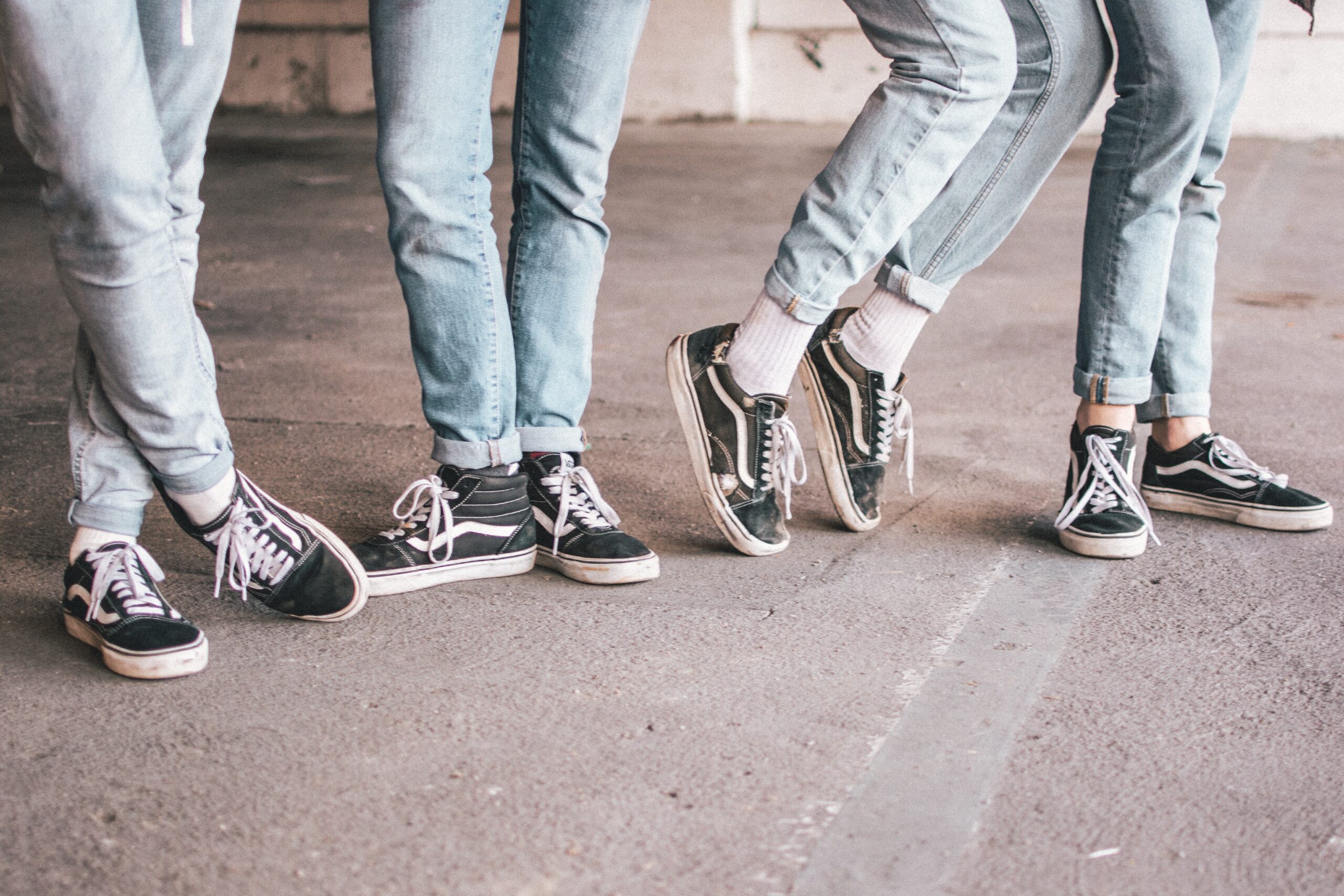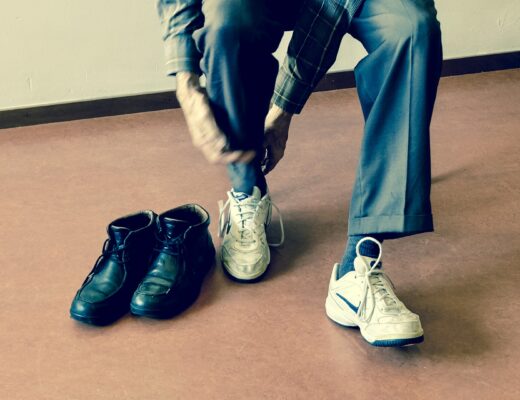Stillness for actors is an incredible tool.
Morgan Freeman once said, “It’s what I learn from the great actors that I work with. Stillness. That’s all, and that’s the hardest thing.”
So, being still.
It’s easier said than done.
On stage, in front of a camera, behind a microphone, and, well, in life too.
As an example, anyone who’s tried or practiced meditation can most likely agree, being still can be rather challenging.
Dan Harris, ABC news anchor and founder of 10% Happier, said that “I do occasionally experience moments of stillness in meditation. But, in my experience, it’s a mistake to strive to achieve a certain experience.”
So, yeah, easier said than done.
But, back to performance.
Sure, stillness is not going to work for every character and every scene, but there’s nothing more powerful within the right moments.
Now, to clarify, by stillness in performance, I don’t mean a complete lack of movement. You’re still breathing, your heart beating. As with everything, there is a spectrum, and stillness falls on one side while the other is, say, Jack Sparrow.
What stillness can do for your performance
Stillness is powerful.
It can be commanding, predatory, full of despair, tension, or reflection.
It slows things down, and draws the audience in.
Some moments are much more thrilling to watch when performed still.
As an actor, it’s all too easy to feel like you have to always be moving.
That in order to be interesting, you have to move.
Or, it’s an unconscious, ‘I’m being watched’ kind of thing, and being still can feel incredibly awkward.
That and your body can go into default personal tick mode.
Bill Howey wrote a post for Backstage about the importance of stillness for actors titled, Stillness is Golden and says that “…actors fill these moments by moving their hands, fingers, or their head; they shake their foot, or sway from side to side, pace, wiggle a pencil with their fingers, or look around. In short, they are trying to be interesting, not interested. And these actors often feel that they are revealing their character’s intention with their actions. Actually, they are blocking this palpable moment.”
Also, stillness doesn’t mean complete body stillness either. It can be a character trait to have the default setting be stillness. Where there’s minimal movement, always having a calculated purpose.
Stillness gives us as the audience to roll around in the moment’s emotion, diving deep into the subtext and relish in the precise, grounded, and powerful command of the performer.
Honestly, there’s nothing quite like it. To witness or perform.
Gabriel Byrne, of Unusual Suspects, Hereditary, and Vikings, among so many other incredible performances, put it beautifully on why stillness for actors is both important and a complement. Once saying that “…in Hamlet’s speech to the players, he says to the main actor, ‘Do not saw the ear too much with thy hands.’ I think what he was talking about in that speech, which is a marvelous speech to actors—it’s to be still. Because when you’re still, and some actors are really brilliant at that, you bring a kind of energy to you as opposed to sending the energy out…to say that an actor is still, to me, is a real compliment. A real compliment.”
5 moments of stillness
So, here’s 5 amazing camera-acting moments of stillness for actors, and well, everyone, that I find incredibly compelling to watch.
Real quick thing to mention is that these clips need at least a touch of context, and if you haven’t seen these films/shows, be warned, there are probably spoilers ahead!
(Also, it hopefully goes without saying that I don’t own any of these clips 😉 )
Glenn Close as the Marquise de Merteuil in 1988s Dangerous Liaisons
So, we’ve got a heavy hitter right out of the gate, here.
This is the final scene of the film. We’ve seen the public ridicule and fall of Merteuil after an unrelenting career of control, sabotage, and revenge within the French aristocracy just before the French Revolution.
To me, not much beats this scene. It’s performed in total silence as she removes her makeup.
Her stillness sucks you in, holding you there with her to witness a flood of emotions.
Mads Mikkelsen in NBCs Hannibal
Now, I will say right off that the difference between Hannibal and Will in and of itself throughout this show is a great movement study.
The stillness and calculated Hannibal vs. the often pacing, anxious, facial expression extravaganza that is Will.
Hannibal is confident, grounded, and predatory, and all in one. The moments of silence between them, are electrifying and even though this scene has a decent amount of dialogue, the stillness of Hannibal is mesmerizing.
Clearly, I’m a big fan.
A fannibal even 🙂
Shohreh Aghdashloo as Chrisjen Avasarala in The Expanse
One could note many stillness moments with Aghdashloo’s performance. However, this powerhouse of a woman, a politician by trade, knows how to draw people in.
However, one of my favorite moments is the quiet chat she has with her grandson, stargazing on the roof.
Her stillness simply opens her up to us, pulling us in and allows us to look deeper into what’s going on internally.
It’s a beautiful, simple, but jam-packed moment.
Mark Rylance as Rudolf Abel in Bridge of Spies
Something I’ve always been impressed with about Rylance is his use of stillness. He continues to prove stillness can be applied more subtly.
In this moment, watch the way he uses stillness to draw you into the story. Granted, the editing and Director of Photography help a great deal here, too, but Rylance is simply enchanting.
He exudes this quiet, magnetic, grounded, and full of unspoken memories stillness.
I could watch him for hours.
Mark Rylance won an Oscar for this role. And sure, even though they’re incredibly political and complicated, this choice I 1,000% agreed with.
In the Mood for Love
First of all, if you haven’t seen this film, you’re missing out.
From director Karl-Was Wong and released in 2000, it’s a masterpiece.
Centered around neighbors Chow and Su, they uncover that their spouses are having an affair. They fall for each other through the film and ultimately recognize their love will remain both mutual and unrequited.
The stillness they both exude is incredible, everything dripping with subtext. Plus, the juxtaposition of movement and stillness permeates the entire film.
It’s a beautifully crafted film that’ll hurt, but oh, is it worth a watch.
Morgan Freeman as Somerset in Se7en
Right, I know I said five moments, but I couldn’t help but throw this little gem in.
Just Morgan Freeman doing his thing.
The opening moment of him sitting in the chair immediately draws you in. It’s twisted storytelling time 🙂
Use stillness to level up your performances
“Stillness is a powerful ingredient in great acting. A lack of action is visual silence.” Bill Howey
Movement is important.
Words are too.
But at times a lack or lessening of one or both creates an incredible moment.
There are so many wonderful examples of stillness for actors to check out on the interwebs.
An honorable mention would be Anjelica Huston’s Morticia Addams that I did a character study on a few weeks back.
So, what are some of your favorite acting moments of stillness?
Is there a particular performer you find uses stillness well?
As an actor, is stillness a challenge for you?
Until next time, embrace the stillness and see how it feels! 🙂





Jeffrey Machado
July 3, 2021 at 4:59 amWow. Fantastic examples. In every scene, I imagine how I would have played the same part. In every case, I would have moved a lot more, would have allowed more inflection in my speech. And in every case, the scene would have been poorer for it. This is a powerful lesson in “less is more.”
Katherine
July 6, 2021 at 6:44 pmGlad to hear you liked the examples! It’s a challenge to focus on ‘less is more’ when the instinct is to, well, do more 🙂 More on stillness to come so stay tuned!